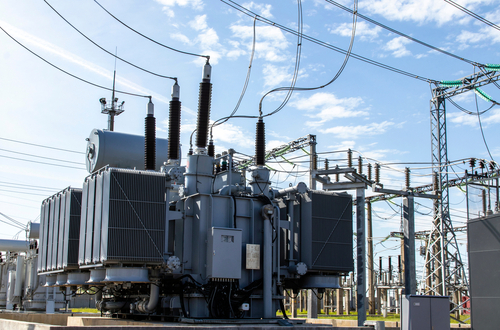Analysis highlights benefits of reliability, capacity in joining Western and Eastern Interconnections

By connecting three independent system markets – Western Electricity Coordinating Council (WECC), Southwest Power Pool (SPP), and the Midcontinent Independent System Operator (MISO) – through the North Plains Connector (NPC), a new analysis suggested that reliability and capacity benefits could follow.
The NPC is currently under development by Grid United and ALLETE, Inc., and when finished, will bring a 525 kV high voltage direct current (HVDC) transmission line across 415 miles to connect the western and eastern electric grids in Montana and North Dakota. It would also be the first of its kind to join three regional U.S. electricity markets.
The study – undertaken by Astrapé Consulting – modeled NPC as two 1,500 MW HVDC lines connecting SPP and MISO to the Western electric grid. In so doing, it quantified the project’s ability to increase power system reliability using the framework utilized by both utilities and grid operators. All told, the researchers concluded, it could bring up to 3,550 MW of capacity for the three systems without degrading reliability standards.
“We are extremely encouraged by the results of this study, which underscore the critical role North Plains Connector will play in mitigating the effects of extreme weather events by more than doubling existing transfer capacity between the Eastern and Western Interconnections,” Julie Pierce, vice president of strategy and planning of ALLETE, said. “By increasing reliability and facilitating the efficient transfer of power between regions, NPC will enhance power system resilience and capacity.”
The study also detailed the benefits to be obtained by connecting these diverse regions. Even though their peak hours for electricity differ in terms of time of day and season, the analysis concluded this would be to their benefit – leveraging the difference in both generation and load profiles could improve the grid reliability on both sides of the project without adding new generating capacity. In particular, when compared to its physical capacity, the project could add an outsized amount of reliability benefits.
